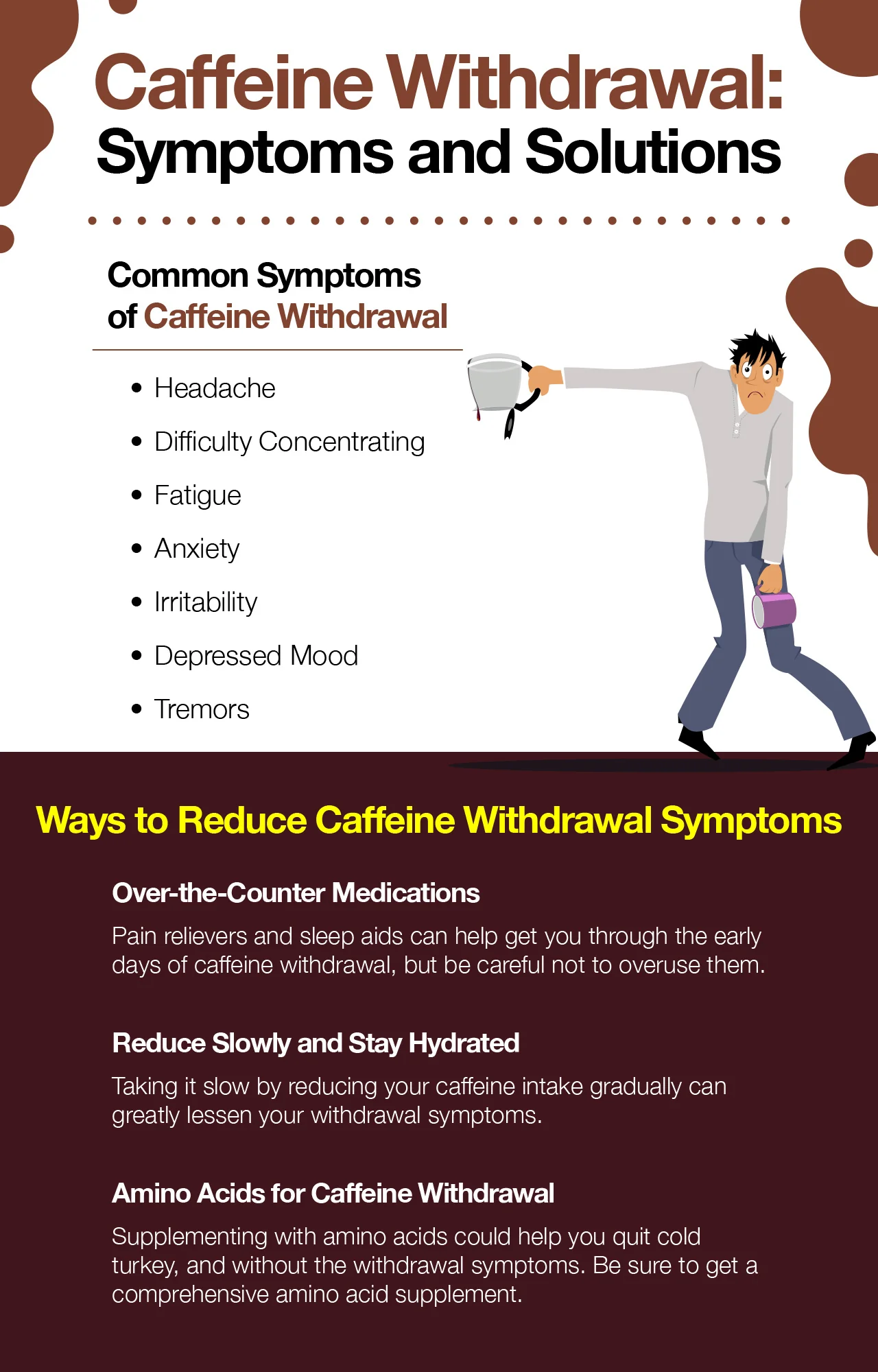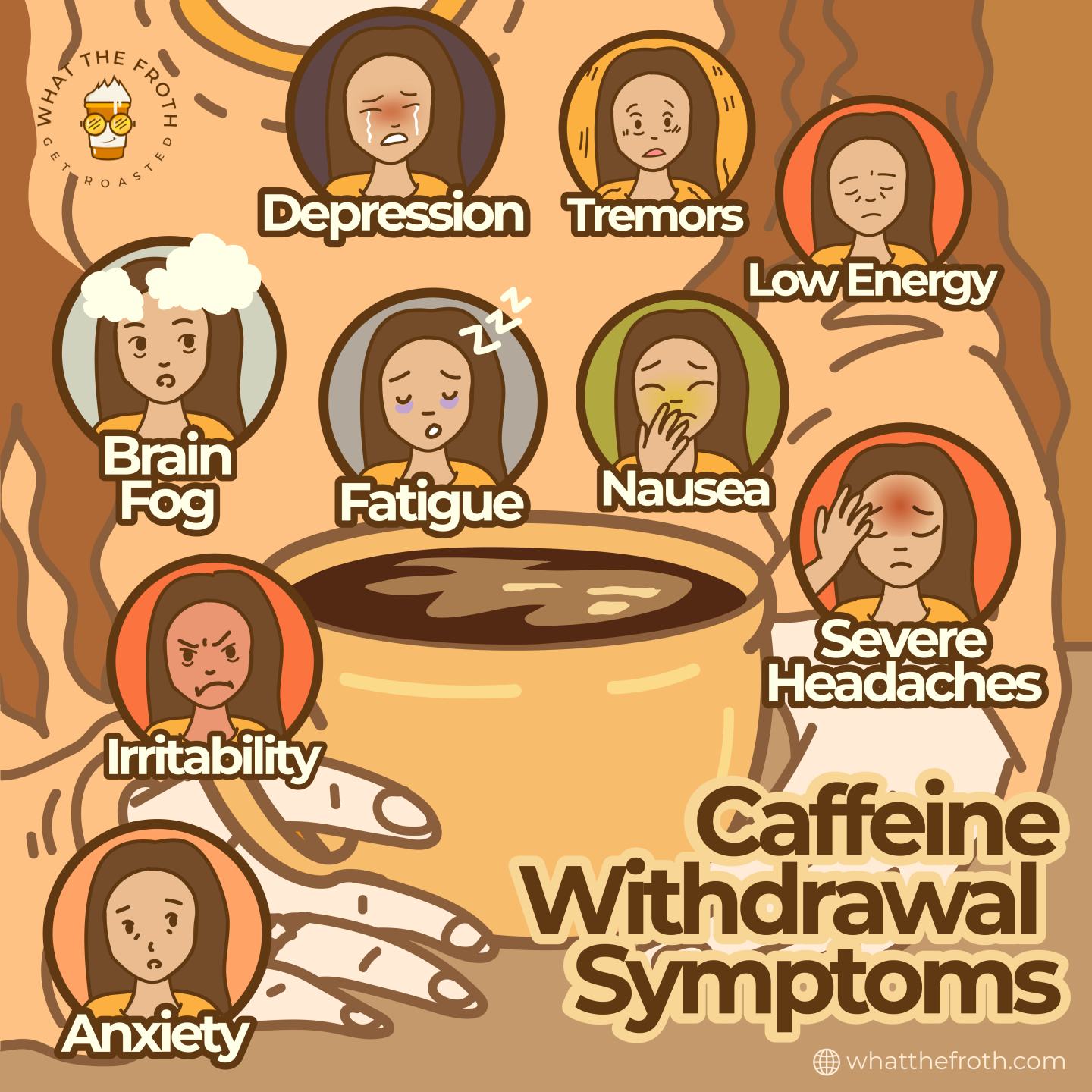Casual Tips About How To Avoid Caffeine Withdrawal

Some symptoms of caffeine withdrawal include headaches, drowsiness, depression, etc.
How to avoid caffeine withdrawal. For example, if you normally drink four cups of coffee a day, go down to three cups a. Gradually reduce your caffeine intake. Caffeine withdrawal symptoms can occur when a person abruptly stops consuming caffeine.
Caffeine withdrawal may cause you to become dehydrated. Tea has less caffeine than coffee. If you haven't already quit, the best way to make your withdrawal symptoms more manageable is to gradually taper back your caffeine consumption.
Plenty of clean water in between meals and especially first thing in the morning is also very important to lessen any withdrawal symptoms, especially caffeine withdrawal headaches. Numerous studies have shown that the easiest and most effective way to overcome caffeine withdrawal symptoms is by taking more caffeine. To successfully reduce your caffeine intake, gradually reduce the amount.
Here are a few steps you can take to avoid withdrawal and caffeine headaches. Symptoms can last for a week or more and include headaches, fatigue, mood changes,. Water helps to flush caffeine out of the body and.
Luckily, there are also some alternatives to consuming caffeine. Don’t just wake up and cut caffeine, unless you’re really ready for the symptoms of withdrawal. Stopping caffeine completely one day is the surest way to trigger withdrawal symptoms that include (according to the cleveland clinic):
Avoiding the withdrawal symptoms is one of the most common reasons why people continue their caffeine habit. Slowly decrease your caffeine intake. If you want to eliminate caffeine, don't try to go cold.
:max_bytes(150000):strip_icc()/caffeine-withdrawal-5212452_final-7fd1ef76a5a04102b0a6cdf73dee52af.jpg)


/what-to-expect-from-caffeine-withdrawal-21844-v1-5c521bb246e0fb000180a7ec.png)













